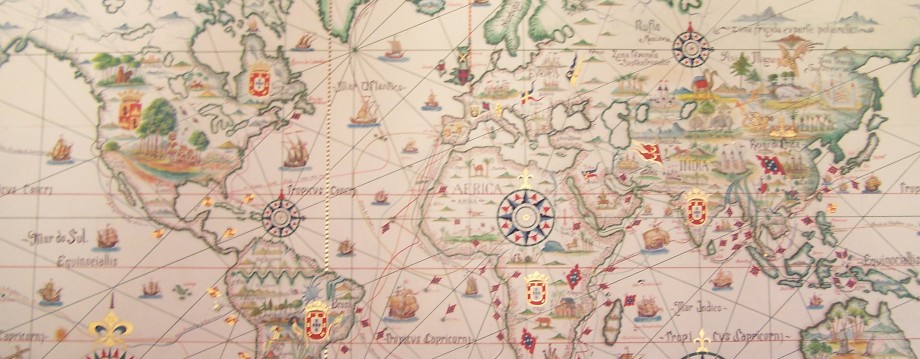The 4th of July was a sad day for Poles. It marked 69th anniversary of Gibraltar catastrophe and death of General Wladyslaw Sikorski, Chief Commander of Poland and Prime Minister of Polish Government-in-Exile. I decided to honour General by visiting The Polish Institute and Sikorski Museum in London.

The Museum’s main hall
The Museum is a home to many documents, regimental colours, uniforms and personal effects of statesmen, soldiers and ordinary men. The Museum’s building was bought right after the WWII, it’s located at 20 Princes Gate, 5 min walk from all the museums in South Kensington. The Museum is open Tue-Fri from 2 to 4 pm and on the first Saturday of the month 10:30 am – 4 pm.
I don’t think 2 hrs is enough to see everything but there’s a chance you will be the only visitors on a weekday. The whole attention of Mr Romuald Kostrzewa, who was our guide, was focused on me and my brother. And believe me, his knowledge is so vast that he could talk for hrs… Stories I heard made me feel like I moved back in time. The fact that Mr Kostrzewa is a veteran makes the whole experience even more amazing – he joined Pulk Ulanow Karpackich (Carpathian Uhlans) in 1943 (unit this fought in North Africa and in Italy).
One thing I heard saddened me a lot. Apparently “the new immigration” that arrived after 2004, doesn’t visit the museum, doesn’t want to connect with the “old” generation. It’s strange considering the Museum is a little piece of Poland. And I mean the real Poland. When our parents were taught the wrong (or right, according to Soviets) version of history, here in the UK lived people who fought for free Poland and who knew that Soviet “liberation” didn’t mean the end of the war for Poles. We just switched the occupants…
On two floors there are thousands of exhibits and it looks like the Museum could use more space. I’ll show you now a few snapshots.
We’re going to start in Gen. Sikorski’s room.

Gen. Sikorski’s painting and a car flag from General’s car

Desk used by Gen. Sikorski
I’m sure some of you heard a story about Wojtek (Voytek) a Syrian brown bear that served in 22nd Artillery Supply Company in Polish II Corps. He became a soldier of the Company and was getting his soldier’s pay in… beer and cigarettes. Wojtek went with Polish Army from Iran through North Africa to Italy. After the war Wojtek was given to Edinburgh Zoo. Until his death in 1963 Wojtek smoked cigarettes and always recognized Polish language when visited by Polish soldiers or journalists.

Wojtek the Bear
I think the most valuable exhibits are the regimental colours. You’ll find in the Museum colours of Polish Army from 1939 and also Polish Armed Forces in the West.

Polish 1st Independent Parachute Brigade’s banner awarded the Military Order of William by Queen Beatrix
The Brigade’s banner was sewed in Warsaw and was delivered from occupied Poland to the Brigade in England.
I’m sure many of you have seen this picture before.

Polish flag over the Monastery’s ruins
In the early morning of May 18 1944 a reconnaissance group of Polish 12 Podolian Uhlans Regiment raised a Polish flag over the monastery’s ruins.
I’ll just say I was quite moved when taking these pictures.

This pennon was first raised over the ruins

And this is the flag you can see in many history books
I mentioned Mr Kostrzewa told us several stories. One of them was about Polish Model 34 sabre. It was a part of regular equipment in 1939 but this particular sabre was found in a German tank in… North Africa 🙂

Model 34 sabre
I hope a few photos I showed you will make you want to see more. If you have a few spare hours in London, don’t spend £17 on Churchill War Cabinets, go to Sikorski Museum instead.
The Polish Institute receives no financial aid from any official body. It relies on generosity of the public. In the Museum you can get souvenirs and books (they don’t take cards) and all notes and coins are dropped into this shell from ORP Piorun (destroyer “Thunder”).

Please be generous 🙂




















